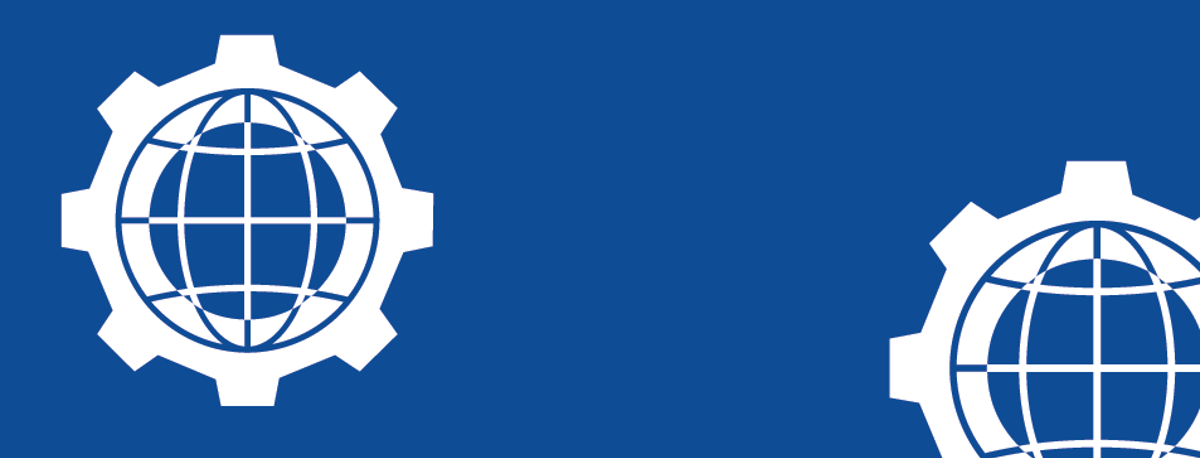According to a report by GCube Insurance in 2021, the average insurance claim nearly doubled from £1.7 million (€2 million) in 2010-2015 to £3.1 million (€3.6 million) in 2020. In total, claims for offshore wind grew from around £124 million (€145 million) in 2010-2015 to around £500 million (€585 million) in 2020.
Of these, around 50% were down to damage to subsea cables, with other insurers estimating that damaged subsea cables represent between 70% and 80% of their claims.
It is clear to me that if we are to meet the huge ambitions placed on Offshore Wind by nations around the globe and meet Net Zero targets, we will need to find new – and better – ways of working.
A recurring problem for the Offshore Wind industry is damage caused to the submarine power cables during the installation process – nine out of ten insurance claims on cables are due to installation damage, and the Offshore Renewable Energy Catapult in the UK estimates that damage incurred during installation contributed to 46% of all power cable failures.






Login / register to join the discussion
Comments
There are no comments for this article.